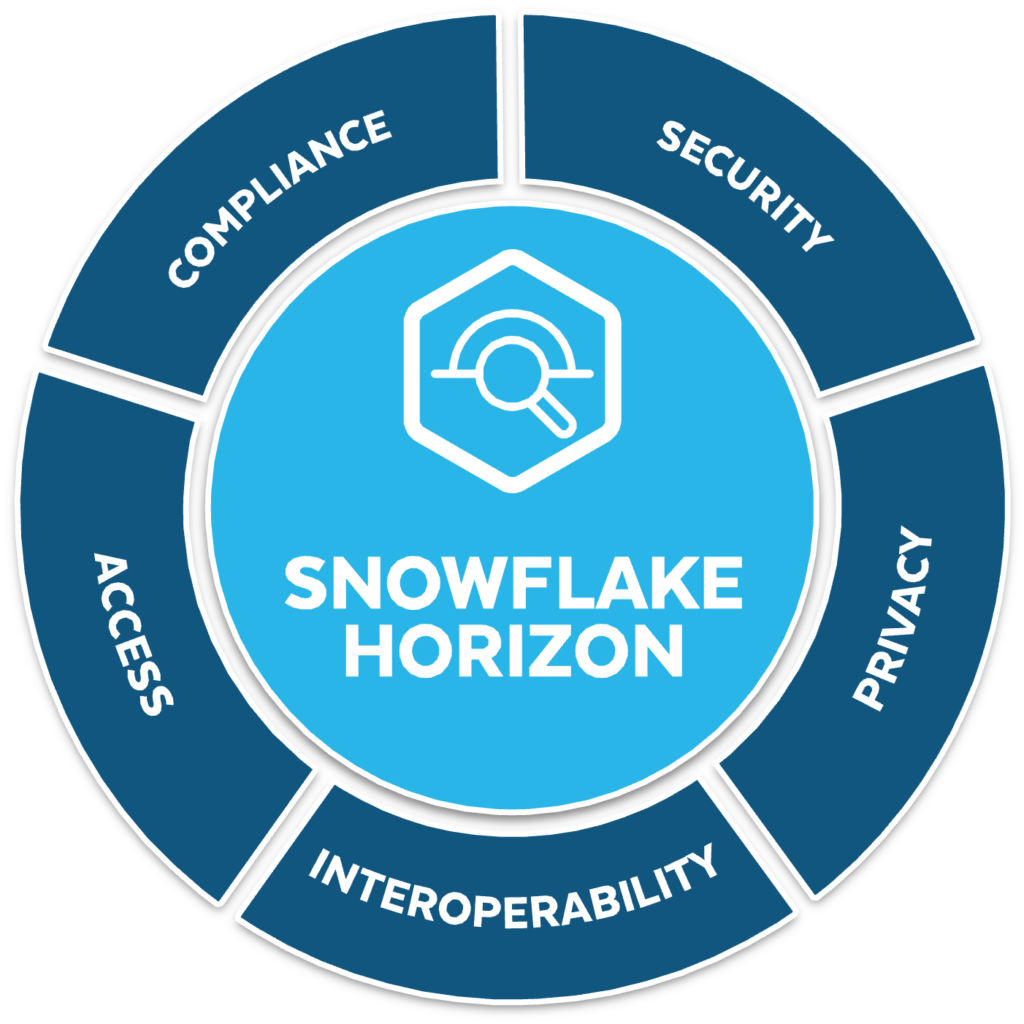Effective data security requires company-wide governance to align security efforts with stakeholder needs. Developing a formal data security governance program defines your organization’s oversight and coordination procedures for continuous security improvement to reduce data security risk.
To help you implement data security governance at your organization, this article covers the following topics:
What is Data Security Governance?
Data security governance refers to the overall management processes that ensure the security of sensitive data across an organization. It provides oversight of policies, standards, technologies, and controls that protect critical data from compromise.
A strong governance framework engages stakeholders at all levels to ensure security and risk management is a coordinated organizational priority. It also connects security efforts with business objectives to provide a balanced approach to risk management, data compliance, and data usability.
How Can Data Security Governance Improve Your Data Security Posture?
Implementing data security governance can significantly enhance your data security posture without impacting data usability through:
- Risk management: Aligns security with business goals and risk tolerance.
- Unified control: Centralizes control over dispersed security efforts.
- Establishes standards: Enforces established data protection standards across systems.
- Data visibility: Improves visibility into data risks and identifies compliance gaps.
- Awareness and responsibility: Promotes security awareness by providing all users with defined security standards and establishes shared responsibility models.
- Adaptability: Creates processes to adapt security as threats and regulatory obligations evolve.
How to Create and Implement a Data Security Governance Program
With the importance of a data security governance program established, here is how you can create and implement a program for your organizations:
- Establish a data governance committee: Form a committee of executive stakeholders from IT, security, legal, finance, and key business units. Define the committee’s charter, responsibilities, and decision-making authority. Schedule regular meetings to review security posture and initiatives.
- Classify your data: Document all critical data types and locations. Analyze data sensitivity, value, and regulatory exposure. Classify data into risk levels based on findings. Define approved handling in policy for each classification.
- Develop data security policies: Start with an endorsed overall data security policy. Create specific policies aligned to data governance frameworks for data classification, retention, data access control, and more. Address data access management through roles, responsibilities, acceptable use, decentralized access control, and self-service processes.
- Conduct risk assessments: Inventory assets, flows, controls, and vulnerabilities. Evaluate probability and business impact for identified risks. Prioritize mitigation based on risk ratings. Generate reports based on assessments to inform security roadmaps.
- Implement safeguards and controls: Deploy data security controls per policies. Use platforms to automate controls and monitoring. Perform testing to validate effectiveness.
- Develop incident response plans: Define roles, playbooks, and communications protocols for incident responses. Tailor plans for data breach scenarios. Test via exercises to find gaps.
- Provide training and awareness: Educate all on security policies and procedures. Reinforce the policies and procedures to users with phishing simulations and compliance testing. Post awareness materials and tips continuously.
- Perform audits and monitor activity: Schedule routine internal and third-party data audits. Actively monitor systems and users for violations. Refine controls and policies based on findings.
- Review and report regularly: Revisit policies and controls for improvements. Update programs for new threats and regulations. Report progress and metrics to leadership.
Best Practices for Maintaining Data Security Governance
Once implemented, a data security governance program requires active maintenance to remain up-to-date with changing organizational needs, new data risks, and updated regulations. So, here are four best practices you can use to maintain your data security governance program:
Dynamically Monitor Activity
Implement a robust SIEM solution that collects and correlates logs from across your systems and networks. Tuning detection rules and analytics models within the SIEM allows you to identify abnormal behaviors indicating potential threats. For example, rules can flag unusual spikes in download activity, access attempts during odd hours, and other anomalies. User behavior analytics establish normal baselines for activities and alert when actual usage deviates in risky ways.
Dedicate a team to monitor the SIEM dashboards and alerts 24/7. Empower them to thoroughly investigate issues and orchestrate the incident response process. Their expert analysis of SIEM insights is essential for identifying real threats amidst false positives and prioritizing high-risk events for rapid containment.
Incentivize Security
Drive security behaviors by establishing quarterly metrics based on audit findings, policy compliance, training completion, and other governance program outputs. Tie these metrics directly to departmental bonuses. This financially incentivizes all departments to maintain your security posture.
Additionally, recognize security-conscious employees through company awards and spotlight profiles. Giving out awards publicly for those who go above and beyond on security measures fosters awareness and establishes experts in the organization. It incentivizes employees at all levels to take data governance seriously.
Maintain Data Inventories
Maintain a frequently updated, centralized data inventory documenting all critical data assets. Include relevant details like classification levels, assigned data stewards, locations, flows, and related policies.
Use the inventory as the foundation for your data governance program. For example, review it regularly to identify high-risk data lacking sufficient protections. Assign data stewards accountable for applying appropriate controls for the assets they oversee.
Transparently Report Progress
Publish detailed incident reports after any breaches outlining root causes, response actions taken, and fixes implemented. Providing this level of transparent detail demonstrates accountability to customers.
Additionally, proactively communicate major milestones achieved in maturing your governance program. For example, highlight new training programs, risk assessment completion, or newly automated policy controls. This builds confidence that you take governance seriously.
Conclusion
Implementing an effective data security governance program takes leadership commitment, cross-functional coordination, and ongoing adjustment to meet emerging threats. But, it provides a defined methodology to unify your organization’s data and analytics management, security policies, standards, technologies, training, and processes. This defined methodology showcases your organization’s commitment to data security for stakeholders and customers alike.
Satori’s Data Security Platform (DSP) can simplify the process of implementing a data security governance program across your data platform. Satori’s just-in-time, fine-grained data access reduces the risk of over privileged users while enabling data sharing.
To learn how Satori’s DSP is part of complete data security governance framework book a consulting call with one of our experts.
Read more:
- Blog: Agile Data Governance with Satori
- Satori’s Data Security Platform



